A greenhouse is a building that weighs several times less than a house. That is, its design is sufficient, light and in many cases it is required to make its foundation stronger. This allows you to make a foundation. How to build it? What type to choose when building a greenhouse?
Content
What is it needed for
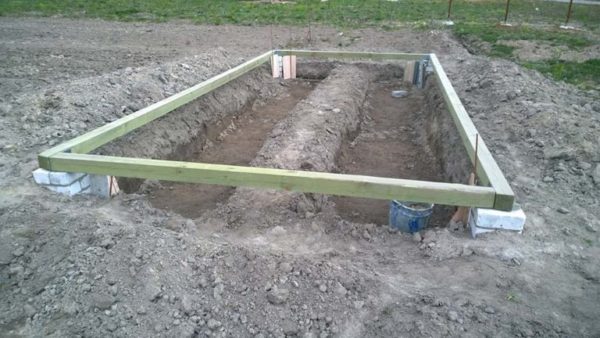
The foundation during construction gives the greenhouse reliability, safety and stability. The greenhouse belongs to light buildings and therefore refers to temporary structures. Do you need a foundation for a greenhouse?
- It helps the frame of the greenhouse to stay in place even with strong winds, rains and other negative manifestations of the weather.
- The materials from which the greenhouse is built are fully protected from the negative effects of the environment.
- It enhances the insulating properties of the greenhouse. Greenhouses with it retain heat 15 percent longer than without it.
- Provides reliable protection against fog and cold air currents.
- Directly involved in the protection of plants and the design of the greenhouse from pests.
- Now it becomes clear that any greenhouse design must be durable, weather-resistant, and also comply with design features.
- It makes the design more stable. This is especially important at the end of winter, as the snow cover becomes heavy, and meltwater can break the greenhouse. Precisely - this is called reliability.
- If you save on building materials in its installation and use improvised and low-quality means, then such a foundation can quickly become worthless. The result is a broken greenhouse.
- It must correspond in size, shape and materials of which the greenhouse structure is built. If the materials will have significant differences, then the structure will distort and eventually break down completely.
Types of foundation
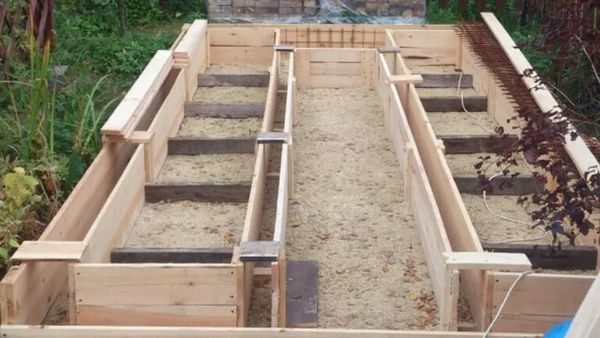
The foundation is the foundation of any structure. His choice depends on the material from which the greenhouse will be mounted. For example, polycarbonate is a lightweight building material and requires less rigid material to install than with glass construction.
The foundation may be of several types:
- From wooden bars.
- On a concrete-brick basis.
- Concrete, tape.
- Block based.
- In the form of a columnar base.
- Monolithic stove.
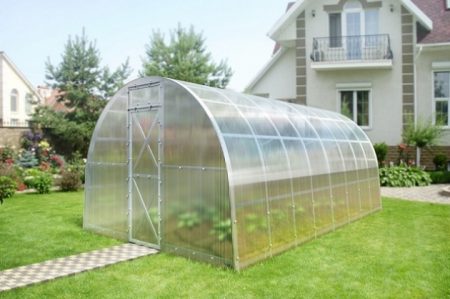 You may be interested in:
You may be interested in:From wooden beams
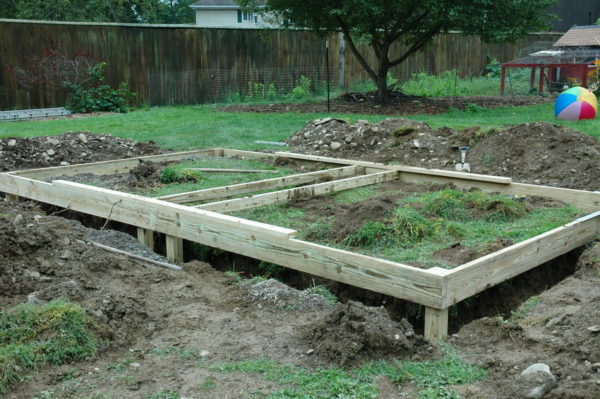
This building material is suitable for building the foundation of the greenhouse, which is operated only in the summer season. In order for it to serve you longer, you need to follow some simple rules:
- Before using the bars, carefully inspect them;
- you need to choose a dry, clean tree, undamaged by insects and rodents, there should be no rot;
- before starting to build a foundation, treat the bars with protective equipment.
The base of wood is lightweight and affordable building material.When installing this type of base, window frames can be used, but only after careful processing. The tree has one significant drawback - when interacting with negative environmental factors, the service life is short. Various antiseptics allow prolonging its operational period.
Concrete-brick based
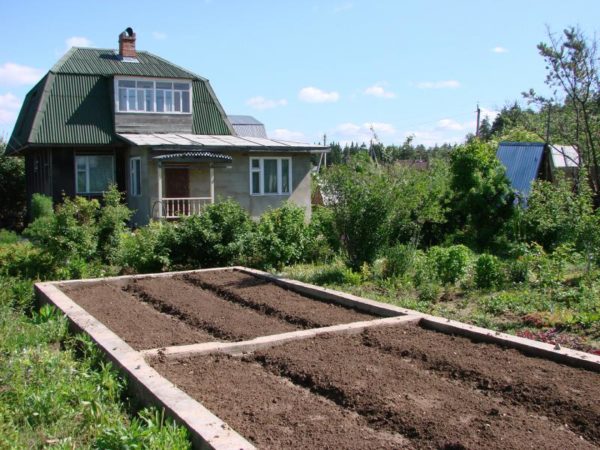
It is applicable to greenhouses that are operated from early spring to late autumn. The weight of this type of foundation is small. It is easy to build. Concrete - brick foundation copes well with increased loads and deformations. It is suitable for the construction of a winter, heated version.
The disadvantages include the ability to accumulate moisture. The brick collapses quickly. In colder climatic zones, it must be additionally insulated.
Concrete, tape
The brick foundation is a concrete-based strip foundation. It is especially suitable for installing greenhouses that work in winter. The strip foundation has increased reliability compared to brick, but is simple in construction and can be made independently.
The advantages of this type of foundation are durability, resistance to moisture and other harmful weather conditions.
Negative characteristics include low thermal insulation, high weight. Its cost will be quite expensive.
On a block basis
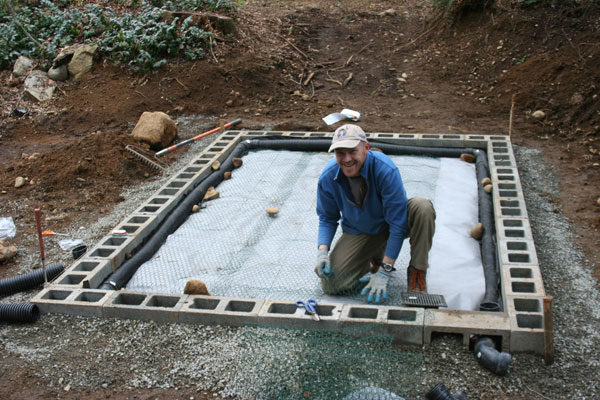
This type of foundation is suitable for construction in places where the soil is very wet. But for construction, additional, special equipment is used. Positive properties - the construction process is simple and inexpensive. The negative effects of weather and environmental conditions do not cause him much damage.
The negative characteristics are that the thermal insulation is very low. It is unstable to mechanical damage and quickly collapses.
Column base
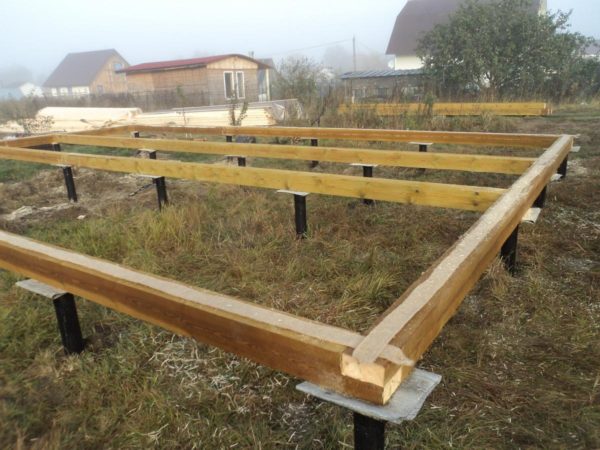
This type of foundation is easy to build. It is inexpensive. The posts are screwed into the ground 750-850 millimeters deep. If the greenhouse is small, you can not bury them in the soil. It is best to install them among themselves in one and a half - two meters from each other.
The main advantages are reliability, strength, durability. The cost is small. The negative characteristics include the fact that during installation additional work is required. They are enclosed in the installation of a hard harness, and the base requires additional insulation.
Monolithic plate
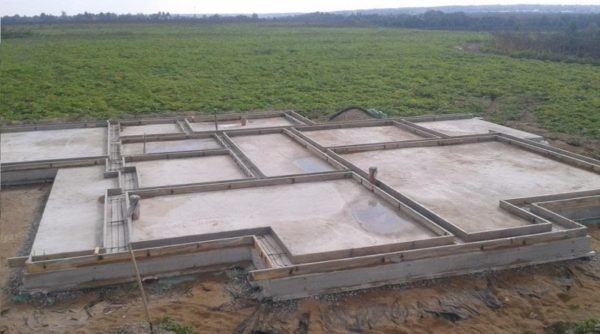
If groundwater is located close to the surface of the earth or the soil is not stable, it is best to choose a foundation in the form of a monolithic slab. There are two varieties of plates:
- She's swimming. That is, the base of concrete is located on the ground above.
- Plate with stiff ribs. It is a combined construction of concrete tapes and only in the upper part a monolith plate is attached to them.
A monolithic base has a huge number of advantages, for example, durability, strength. Also, the frame of the greenhouse is firmly fixed and, it can be installed on any type of soil. The interior space is completely isolated from unexpected weather patterns.
The construction of this type of foundation will be quite expensive. After installing it, it is necessary to additionally insulate it. For the well-being of plants, when installing a base from a monolith, do not forget about the drainage system.
 You may be interested in:
You may be interested in:What foundation to choose for a greenhouse
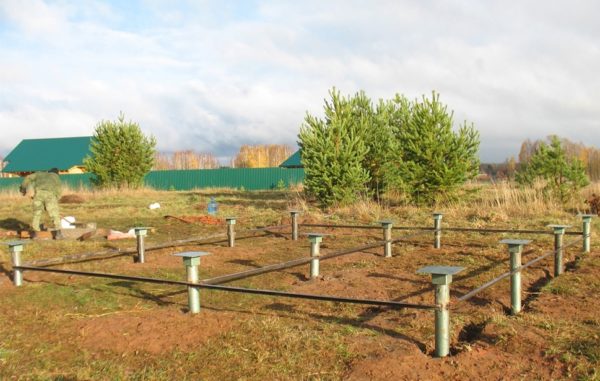
No matter what covering material for the greenhouse will be used, for example, polycarbonate, glass, plastic film, the base can be any.Here you need to look at both the structure of the structure and the quality of the soil. But it is best to conduct research in the field of geodesy. They will help determine what quality the soil is on the site. Also do not forget to take into account the climatic zone in which you live.
In the construction of capital greenhouses, which in the future will work year-round. An excellent option for the foundation will be a tape - concrete type. It can be used in the construction of any type of greenhouse structures. If you use a temporary building on your site, which will be operated only in the summer season, then feel free to choose a foundation based on pillars.
Polycarbonate base
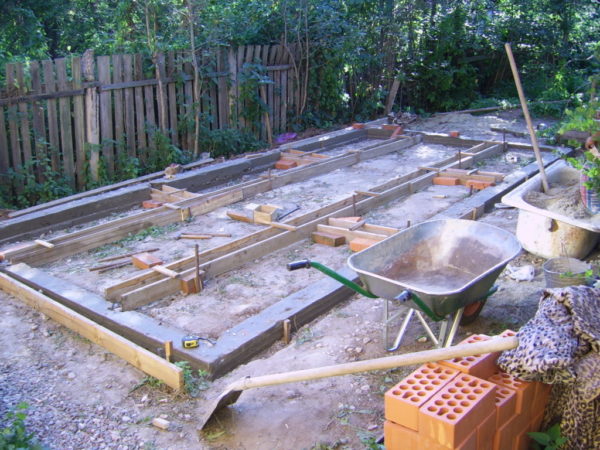
The greenhouse polycarbonate structure is lightweight, but in order to extend its life it is best to put it on the foundation. To select the optimal base type for polycarbonate greenhouses It is worth considering:
- What size is a greenhouse? The strength of the base depends on the area of the structure.
- What features does the soil have on your land. Should be taken into account - to what depth does the earth freeze, is there groundwater, what type of soil is it.
From the whole article we can conclude that the foundation should be a solid support, which will protect plants from the influence of negative factors. It should also be:
- resistant to various natural phenomena;
- possess increased strength and provide quality support for the entire frame of the structure;
- correspond to the parameters of the greenhouse construction.
In the spring, when the snow melts, it is important that the greenhouse has a solid structure that is able to withstand the melting of snow and the flow of melt water. If the base is built with errors, then this will lead to negative consequences. It will also be important that the greenhouse and foundation should be identical in size - this also affects the strength of the structure. And such a greenhouse looks much nicer and more beautiful.
A proper base protects not only the overall structure, but also the plants. Also thanks to him, a microclimate is formed inside, which has a positive effect on the growth of pets.
What type of foundation you did not choose. Whatever building materials your greenhouse is built of. The main task of the whole structure is to completely protect plants from the influence of negative environmental factors. The greenhouse should maintain optimal conditions for good growth of cultivated plants, so that at the end of the garden season they will please you with a good harvest.
Now we can conclude for ourselves: "Where is it better to put a greenhouse on a foundation or in the ground?"

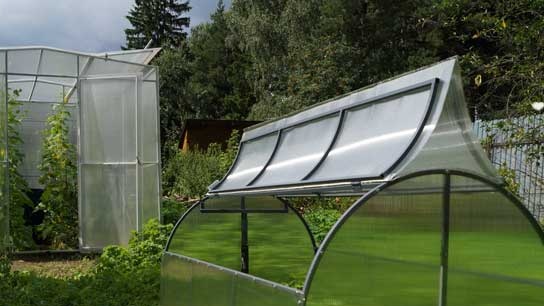 Why is a greenhouse open top?
Why is a greenhouse open top?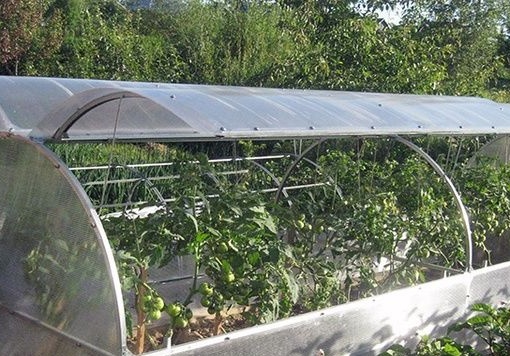 Greenhouse "Butterfly", is it worth it?
Greenhouse "Butterfly", is it worth it?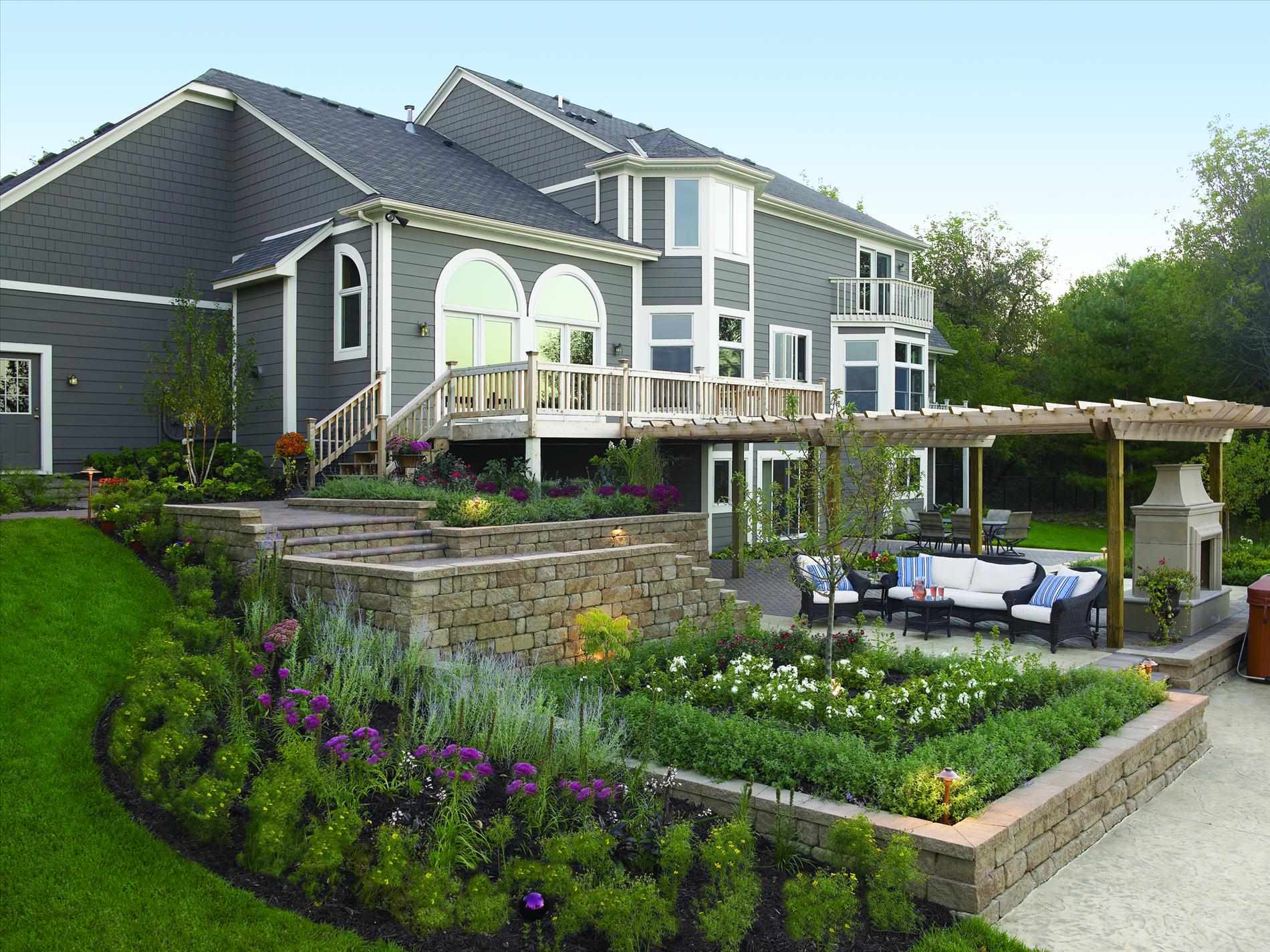 Do-it-yourself landscaping of an area of 8 acres: features of planning and zoning
Do-it-yourself landscaping of an area of 8 acres: features of planning and zoning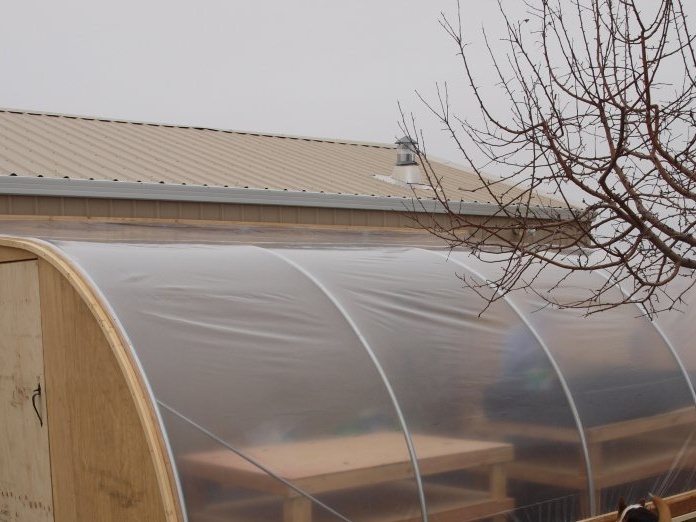 Shed greenhouse, pros and cons
Shed greenhouse, pros and cons